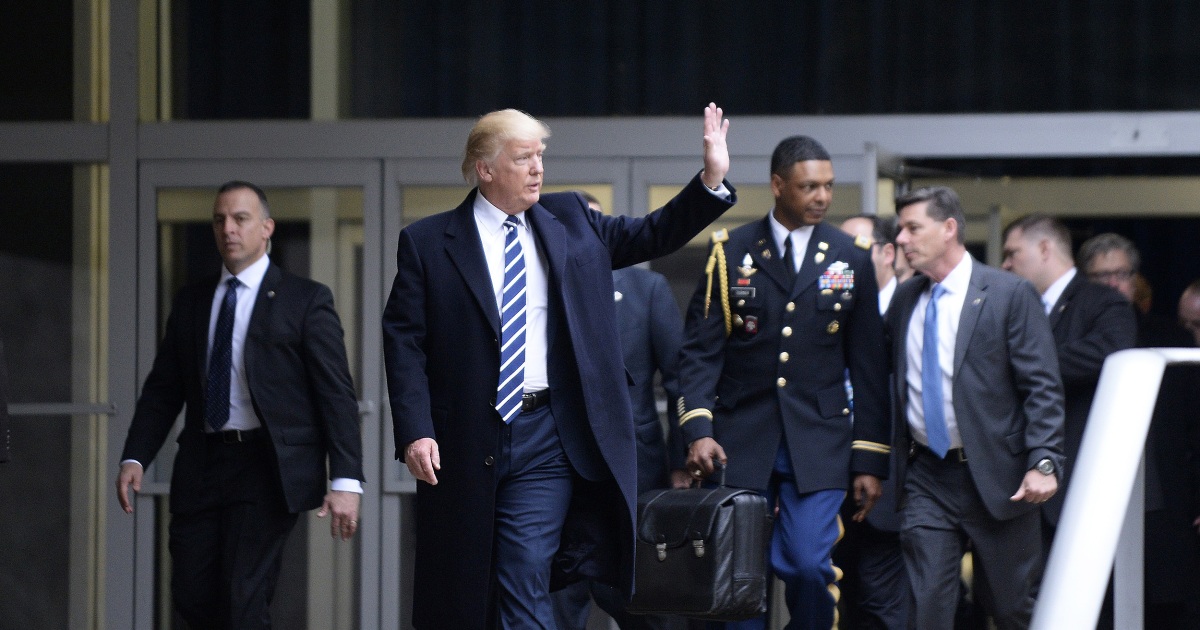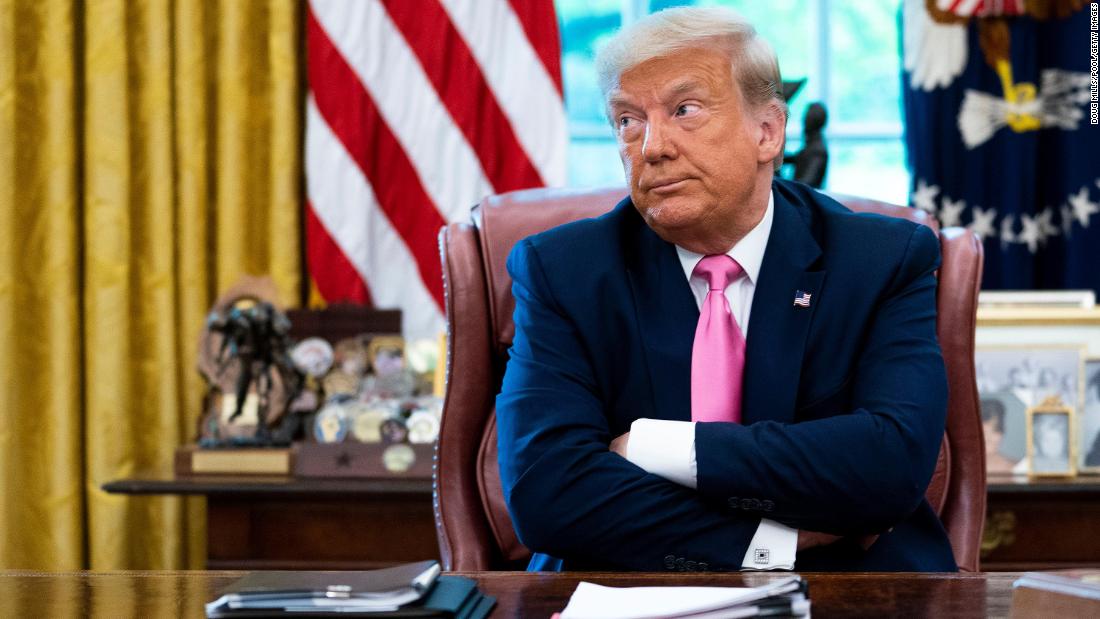When: Friday, February 7, and Wednesday, February 19
The claim: The coronavirus would weaken “when we get into April, in the warmer weather—that has a very negative effect on that, and that type of a virus.”
The truth: When Trump made this claim, it was too early to tell whether the virus’s spread would be dampened by warmer conditions, though public-health experts and epidemiologists were immediately skeptical of Trump’s comment. But the spring and summer have passed, and the pandemic is still raging.
When: Thursday, February 27
The claim: The outbreak would be temporary: “It’s going to disappear. One day, it’s like a miracle—it will disappear.”
The truth: Anthony Fauci, the director of the National Institute of Allergy and Infectious Diseases, warned days later that he was concerned that “as the next week or two or three go by, we’re going to see a lot more community-related cases.” He was right—the virus has not disappeared.
When: Multiple times
The claim: If the economic shutdown continues, deaths by suicide “definitely would be in far greater numbers than the numbers that we’re talking about” for COVID-19 deaths.
The truth: More than 500,000 Americans have died from COVID-19. According to the Centers for Disease Control and Prevention, suicide is one of the leading causes of death in the United States. But the number of people who died by suicide in 2017, for example, was roughly 47,000, nowhere near the COVID-19 numbers. Estimates of the mental-health toll of the Great Recession are mixed. A 2014 study tied more than 10,000 suicides in Europe and North America to the financial crisis. But a larger analysis in 2017 found that although the rate of suicide was increasing in the United States, the increase could not be directly tied to the recession and was attributable to broader socioeconomic conditions predating the downturn.
When: Multiple times
The claim: “Coronavirus numbers are looking MUCH better, going down almost everywhere,” and cases are “coming way down.”
The truth: When Trump made these claims in May, coronavirus cases were either increasing or plateauing in the majority of American states. Over the summer, the country saw a second surge even greater than its first in the spring.
When: Monday, July 6
The claim: “We now have the lowest Fatality (Mortality) Rate in the World.”
The truth: The U.S. had neither the lowest mortality rate nor the lowest case-fatality rate when Trump made this claim. As of July 13, the case-fatality rate—the ratio of deaths to confirmed COVID-19 cases—was 4.1 percent, which placed the U.S. solidly in the middle of global rankings. At the time, it had the world’s ninth-worst mortality rate, with 41.33 deaths per 100,000 people, according to Johns Hopkins University.












